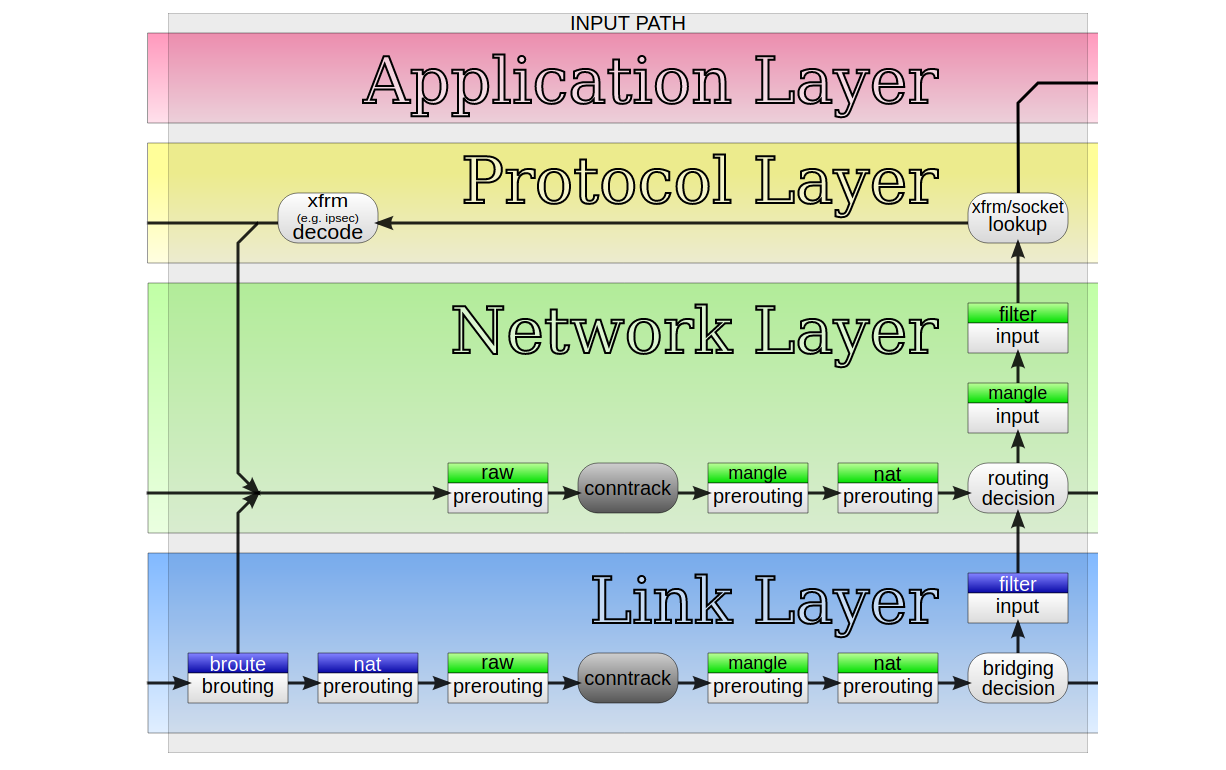Daily Roundup: Cisco Buys Backhaul Vendor
Cisco secured a deal to buy Fluidmesh Networks; IBM CEO threw down a hybrid-cloud challenge; and DT...
Cisco secured a deal to buy Fluidmesh Networks; IBM CEO threw down a hybrid-cloud challenge; and DT...
A task force made up of computer scientists at Nvidia has joined the COVID-19 High Performance...
The terms of the deal were not disclosed, but Cisco said it expects the acquisition to close before...
That challenge will rely heavily on IBM’s Red Hat business unit, which also received a new leader.

For many weeks now, as the pandemic caused by the coronavirus has spread around the world, people have been isolating themselves to reduce the spread of infection. Businesses and schools have closed, and whole cities have been ordered to stay indoors. People’s livelihoods have disappeared, and of course, far too many people have been critically ill or have died. It is a calamity. Yet it would be much worse, if it were not for the Internet.
It’s enabling life go on. Businesses and schools are able to continue their core activity online. People are able to order food and medicine delivery to lower the risk of contagion. Families are video conferencing to catch up, worship, and even attend weddings. Creators are streaming music and stories from their homes. Clinicians and researchers are sharing crucial medical data worldwide. Everyday citizens, remarkably informed, are trying to flatten the curve.
This is what the Internet is for: a force for good in society.
The Internet is working well under this sudden demand because of how it is designed. Nearly magic, the Internet is designed to be a reliable system built of unreliable parts. This might sound awful, as though it Continue reading
“When the facts change, I change my mind. What do you do, sir?” …
IT Spending Projections Go Negative For 2020 was written by Timothy Prickett Morgan at The Next Platform.
The COVID-19 pandemic has forced many organizations to shift their business online and their employees to work from home. As a result, business had to quickly adjust and scale up their infrastructure, sometimes with security as an afterthought.
Malicious actors are already taking advantage of this new reality by targeting the vulnerabilities commonly associated with employees connecting to corporate resources from their home environment. This includes social engineering and phishing campaigns, denial of service attacks, and exploiting vulnerabilities in home routers.
Providing employees working from home with secure and reliable access to their corporate resources and applications by the use of Virtual Desktop Infrastructure (VDI) helps our customers to reduce the impact on productivity and continuity as well as the risk associated with remote access to internal data.
In this blog post, I will cover a couple of use cases on how NSX can provide security for End User Compute and share some resources to help customers who are scaling up their VDI / remote desktop session host (RDSH) infrastructure to adapt to this new world in which vast numbers of employees are now working from home.
The initial target of Continue reading
Today's Tech Bytes podcast tackles SD-WAN with sponsor Oracle. We examine how SD-WAN supports multi-cloud management, fail-safe network automation, more secure connections, and application fluency. Our guest is Doug Tait, Director of Product Marketing.
The post Tech Bytes: Gain Application Fluency Across Multiple Clouds With Oracle SD-WAN (Sponsored) appeared first on Packet Pushers.
Last November we introduced Ansible security automation as our answer to the lack of integration across the IT security industry. Let's have a closer look at one of the scenarios where Ansible can facilitate typical operational challenges of security practitioners.
A big portion of security practitioners' daily activity is dedicated to investigative tasks. Enrichment is one of those tasks, and could be both repetitive and time-consuming, making it a perfect candidate for automation. Streamlining these processes can free up their analysts to focus on more strategic tasks, accelerate the response in time-sensitive situations and reduce human errors. However, in many large organizations , the multiple security solutions aspect of these activities are not integrated with each other. Hence, different teams may be in charge of different aspects of IT security, sometimes with no processes in common.
That often leads to manual work and interaction between people of different teams which can be error-prone and above all, slow. So when something suspicious happens and further attention is needed, security teams spend a lot of valuable time operating on many different security solutions and coordinating work with other teams, instead of focusing on the suspicious activity directly.
In this blog post we Continue reading

More important than ever: With most people in the U.S. and many other countries ordered to stay at home to prevent the spread of the coronavirus, a lack of Internet access in rural and poor areas is making people feel more disconnected than ever, according to an Associated Press story at NWAonline.com. Stella Ashcraft “lives from check to check and can’t afford internet. Her senior-citizen center, where she plays bingo, does puzzles and gets lunch five days a week, is closed. So is her church and the library where she checks email. ‘I feel very withdrawn, isolated, alone,’ she said.
Spotlight on Zoom’s privacy: With many people working from home, web-conferencing app Zoom has become a crucial service for many. However, with the increased use of Zoom is also coming increasing scrutiny. While the company has marketed its service as offering end-to-end encryption, that’s not really the case, The Intercept reports. Zoom Video Communications, the company behind Zoom, has been hit with a class-action lawsuit for allegedly sharing user data with Facebook, CBS News adds. Finally, Zoom has pledged to focus on privacy and security issues, TechXplore reports.
Homework hotspots: As most students in the U.S. and Continue reading

At Cloudflare we develop new products at a great pace. Their needs often challenge the architectural assumptions we made in the past. For example, years ago we decided to avoid using Linux's "conntrack" - stateful firewall facility. This brought great benefits - it simplified our iptables firewall setup, sped up the system a bit and made the inbound packet path easier to understand.
But eventually our needs changed. One of our new products had a reasonable need for it. But we weren't confident - can we just enable conntrack and move on? How does it actually work? I volunteered to help the team understand the dark corners of the "conntrack" subsystem.
"Conntrack" is a part of Linux network stack, specifically part of the firewall subsystem. To put that into perspective: early firewalls were entirely stateless. They could express only basic logic, like: allow SYN packets to port 80 and 443, and block everything else.
The stateless design gave some basic network security, but was quickly deemed insufficient. You see, there are certain things that can't be expressed in a stateless way. The canonical example is assessment of ACK packets - it's impossible to say if an ACK Continue reading
Over the last weekend I almost got pulled into yet-another CLI-or-automation Twitter spat. The really sad part: I thought we were past that point. After all, I’ve been ranting about that topic for almost seven years… and yet I’m still hearing the same arguments I did in those days.
Just for the giggles I collected a few old blog posts on the topic (not that anyone evangelizing their opinions on Twitter would ever take the time to read them ;).
I have started this below article detailing a small subset of what Ostinato is capable of doing, in short, is a traffic generator with great options to modify and dictate the type of traffic that you want to generate and can do it at decent speeds
What is the Issue: The issue is that Ostinato in default mode is only supported in GUI mode, which is good for many cases but some times especially if you want to send some decent traffic to stress test your MPLS LSP a PC working from home scenario over VPN is not an ideal bet.
Explain more: Well, imagine you have a Cloud provider Instance, most of the instances are CLI based while Ostinato is GUI based.
So How to Proceed: After seeing what Tool is capable of we purchased the full suite which has Python Api support Plugin as well. So it operates something like this

How does it look:
so you have start the drone first, before doing anything else, i was stuck in this phase for more than 2 hours just because i was dumb not to read all the instructions

You can build the packet and save Continue reading
ssh-agent is a program to hold in memory the private keys used by
SSH for public-key authentication. When the agent is running, ssh
forwards to it the signature requests from the server. The agent
performs the private key operations and returns the results to ssh.
It is useful if you keep your private keys encrypted on disk and you
don’t want to type the password at each connection. Keeping the agent
secure is critical: someone able to communicate with the agent can
authenticate on your behalf on remote servers.
ssh also provides the ability to forward the agent to a remote
server. From this remote server, you can authenticate to another
server using your local agent, without copying your private key on the
intermediate server. As stated in the manual page, this is
dangerous!
Agent forwarding should be enabled with caution. Users with the ability to bypass file permissions on the remote host (for the agent’s UNIX-domain socket) can access the local agent through the forwarded connection. An attacker cannot obtain key material from the agent, however they can perform operations on the keys that enable them to authenticate using the identities loaded into the agent. A safer alternative Continue reading